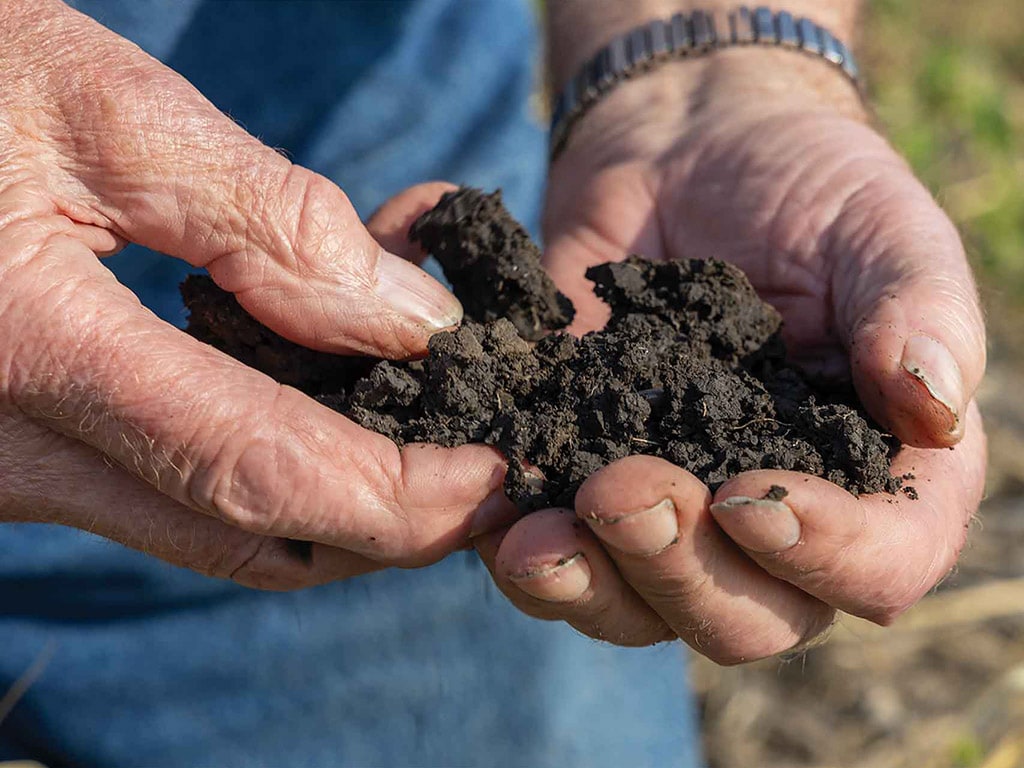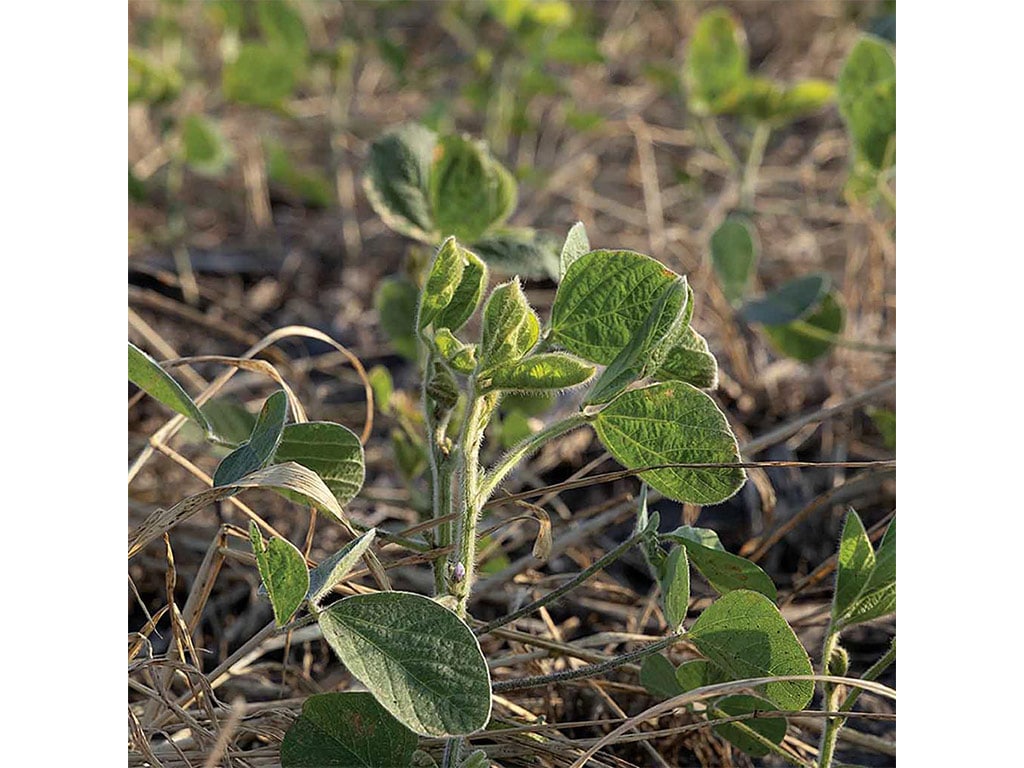Agriculture, Sustainability March 01, 2024
Conservation Sage
.
Al Schafbuch sees an increased need for conservation tillage and cover crops.
Al Schafbuch is willing to change. He gradually moved from no-till to strip-till to planting cover crops on his Dysart, Iowa, farm.
Still, he admits he was much like other farmers at the start.
"I moldboard plowed everything," he says. "I just loved turning dirt over and smelling it. I had a saying that winter wouldn't come until I had plowed everything on the farm.
"But," he says, "that wasn't the right way to farm."
Earth-moving work in his fields in 1990 spurred an epiphany.
"Silt [spurred by erosion] would get in the waterways," he says. "I'd go out there and remake the waterways, again and again. I just got tired of pushing dirt."
So, he talked to other farmers and attended field days, looking for other ways to farm. His local cooperative took a group of farmers to a BASF farm in Illinois operated by Jim Kinsella.
"At that time, Kinsella had no-tilled for 10 years," he says. "I said, ‘This is what I'm going to do.' In two years, I did it. It was all about stopping erosion."
No-tilling soybeans into standing corn stalks was a huge challenge, though.
"I had just rented a farm, and my landlord pushed me to try it," he says. "In those days, I used a drill to plant 200,000 plants [per acre], and away I went."
However, problems surfaced.
"I was having problems with sidewall compaction caused by soil sticking to the planter," he says. This raised havoc with emergence and contributed to yield-robbing uneven stands.
About that time, a salesman told him about a strip-till machine that fall applied anhydrous ammonia and phosphorus and potassium. The next spring, the farmer would plant on the six-inch strips with the fertilizer. Since soil quickly warmed in the strips, seed emergence would soon occur when compared to cold and wet no-till soils.
"I don't know why, but something clicked in my head when I told him I would do every acre," he says. "I thought he was going to fall over."
As predicted, the strip into which Schafbuch planted seed quickly warmed and nixed sidewall compaction.
"It was beautiful," Schafbuch says now, "and it still helped control erosion."
Above. Perks of using tools such as reduced tillage and cover crops include higher organic matter, better water infiltration, and improved soil structure for crops to thrive. These benefits have occurred on Al Schafbuch's farm.
Cover crops. Schafbuch incorporated cover crops on his farm around 10 years ago.
"This occurred right around when the Iowa Reduction Nutrient Strategy first started," he says. The program's goal is to reduce nutrients that move via waterways from Iowa and eventually empty into the Gulf of Mexico.
"The person who coordinated the program said we should try cover crops," says Schafbuch. "I had never heard of them, but we seeded a cover crop on 80 acres of a field and we got a good stand. The cereal rye was about two inches high when the beans were harvested.
"We compared yields with and without the cereal rye, and couldn't see a difference," he adds. "So the next year, we planted the entire field with a cover crop."
Cover crops aren't worry free. "You have to increase management," he says.
For example, aerial in-season plantings can create harvest headaches if harvest is delayed, due to excessively tall cereal rye.
"You have to combine before it gets too tall," he says.
Cover crops also cost money, often ranging around $30 per acre. As a landlord, Schafbuch initially reduced cover crop cost on leases. Eventually, though, after seeing soil benefits, the cover crop cost has been covered by renters.
"They will spend a little more money on them, but it definitely helps the soil's health," he says. Besides further slicing erosion, cover crops smother early emerging weeds. Now, Schafbuch writes conservation tillage and cover crops into rental leases.
He has also installed seven saturated buffers on his farm to prevent fertilizer from flowing into waterways.
He sees room for more conservation practices among farmers.
"I've been told that it's the old timers who won't do it, that kids just out of college will do it instead," he says. "It has nothing to do with age. I'm 83, and I've been doing it for over 30 years. We just need more people doing it." ‡
Read More

AGRICULTURE, EDUCATION
Outsmart Old World Bluestem
Summer burns and timely herbicide application can beat back this problem weed.

AGRICULTURE, SUSTAINABILITY
Water Reservations
Tribe works to get enough water to their farm and ranch land.



